You might also be interested in this
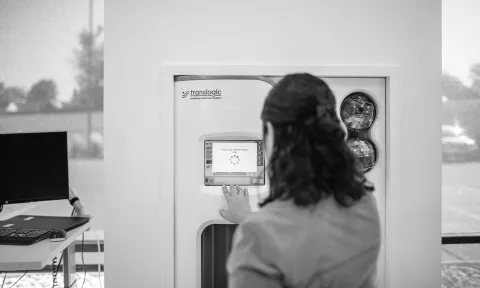
Customer Pledge

Superior Transport Automation
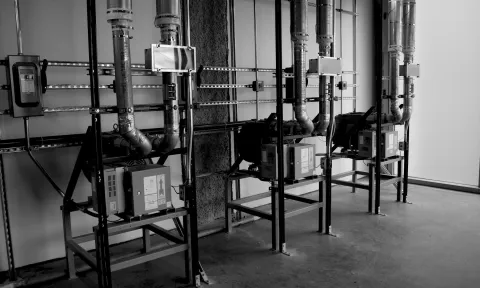
Pneumatic Tube System Components

Carriers and Accessories
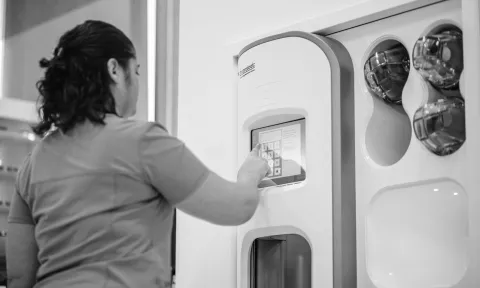
Stations
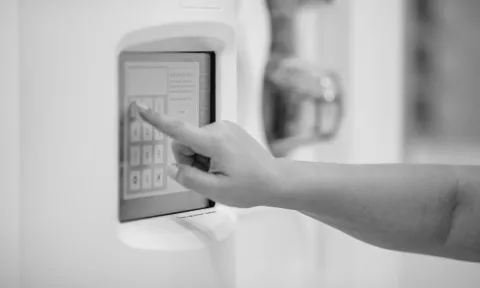
TransLogic V8
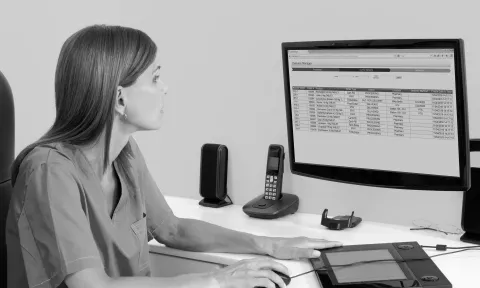
Delivery Manager Material Tracking Software


IT Systems in Hospitals Are Vital To Smooth Operations
Reading Time: 7 min.
10/1/2024
The days of waiting for a technician to come onsite to solve computer or network problems are increasingly being replaced through the convenience of remote IT support in hospitals.
The technology behind supporting remote IT support has been around for decades. It enables users, regardless of where they are located, to access systems and files remotely through a network. In addition to providing convenient access, it also opens up opportunities to collaborate, which has been shown to help improve productivity.
Remote IT support technologies also enable technicians to remotely connect to users’ computers to help solve issues with systems or software. This can be a significant time saver as it can help resolve issues more quickly. Using the technology, technicians can conduct diagnostics and correct them remotely without having to be scheduled for a visit.
Remote IT support in hospitals is being increasingly being embraced as leadership looks for ways to reduce system downtime and utilize highly skilled technicians at a fraction of the cost they pay for traditional on-site visits.
Given the complexity and critical nature of hospital systems, however, some remain reluctant to open them up to enable a vendor to access and troubleshoot remotely. While they acknowledge the benefits, they are concerned about exposing their systems and patient data along with the constant threat of a cyber-attack. They may also be skeptical as to whether remote diagnostics is as effective as having a more hands-on approach. Because of these concerns many hospitals are proceeding carefully when deciding how to optimize remote support for their systems.
To provide more clarity to help hospital leadership weigh the benefits and potential issues of remote IT access, we have created the following list of some of the key remote IT support pros and cons curated from several sources, including Techradar, Executech, and Biz Tech Solutions.
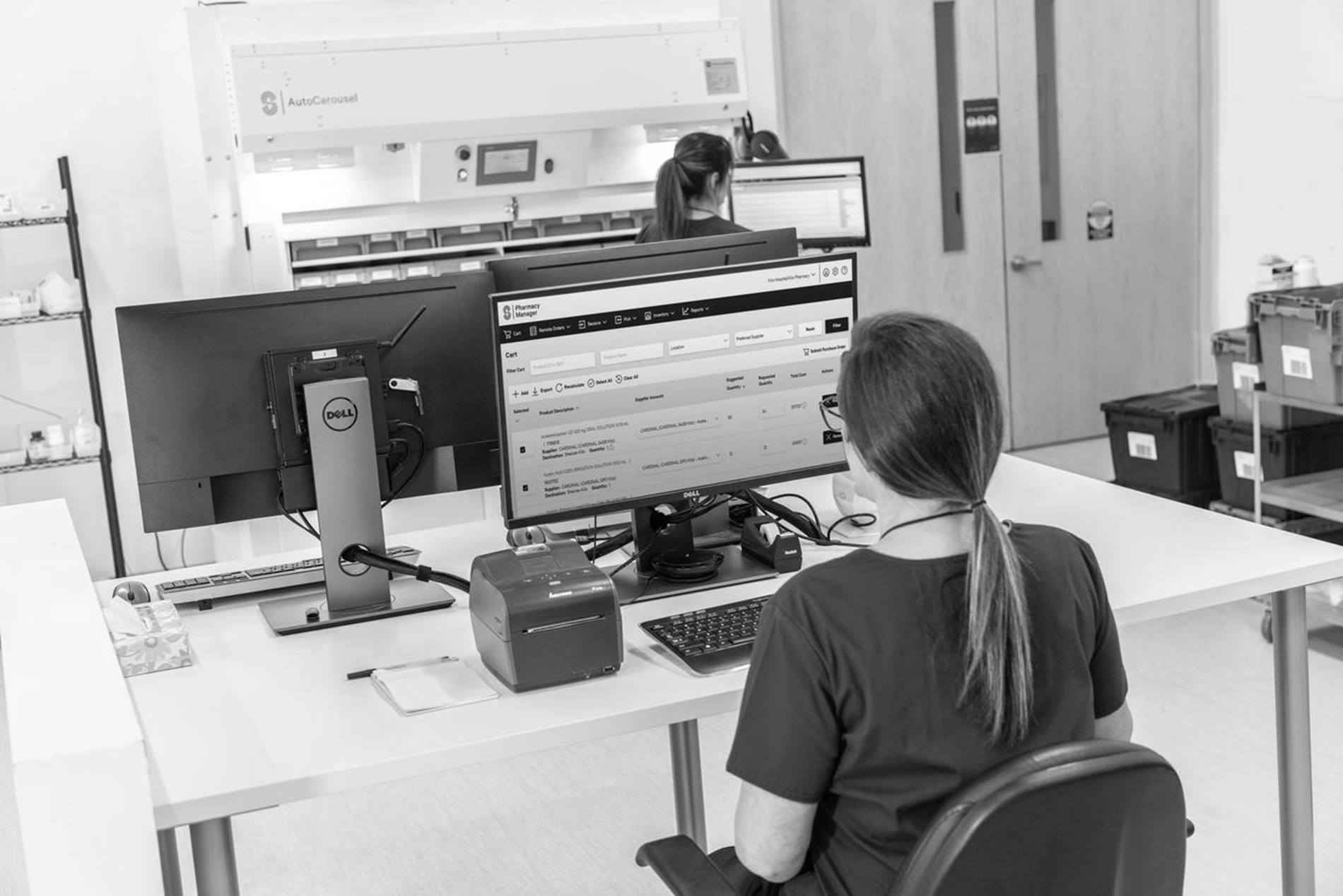
More and more hospitals are opting to open up their systems for remote support. As remote diagnostics continue to grow in sophistication and safety, it can make a big difference, saving time and money for hospitals.
But does this make sense for your hospital? After you have weighed the pros and cons above, you should collaborate with your team before making a decision. Here are some questions to ask your team and the vendors offering support for your systems.
Remote IT support in hospitals has many advantages. Reducing downtime, taking advantage of top service technicians, and saving time and money are only a few of them. Before opening up your system to remote connectivity, however, it is important to do the necessary groundwork to ensure that it is the best decision for your hospital systems and networks. Make sure that the remote technicians have a track record of safety and efficiency.
Access to secure remote IT support is helping to make hospitals more efficient. If handled carefully, it may be an excellent choice for your hospital.








Contact our knowledgeable specialists to discover how our range of automation solutions can boost efficiency, reduce costs and enhance care at your healthcare facility.
Contact us